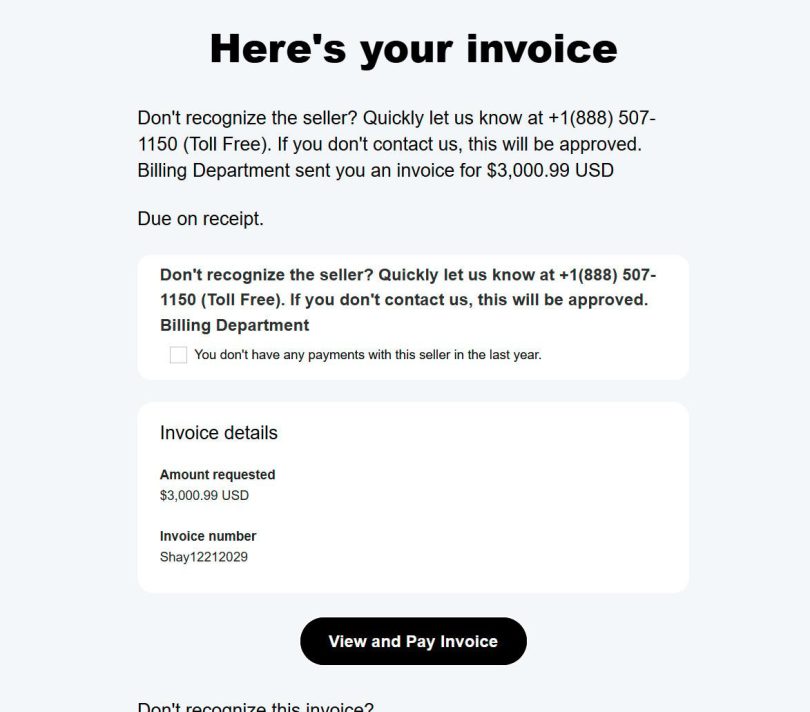Service@PayPal.com Scam Emails: What You Need To Know
In recent years, the internet has been plagued by a growing number of scam emails that claim to be from reputable companies, including payment processors like PayPal. These emails, known as phishing scams, aim to trick unsuspecting victims into revealing sensitive information, such as login credentials and financial details.
Unfortunately, such emails are not just a myth, and they can be surprisingly convincing. In this article, we will explore the world of scam emails sent to the company’s customer support email address, “Service@PayPal.com”, and provide you with valuable insights on how to identify and avoid them.
The Anatomy of a Phishing Email
Phishing emails, including those sent to “Service@PayPal.com”, typically share some common characteristics. They may appear legitimate, but upon closer inspection, they often contain red flags. Here are some key indicators to watch out for:
* Urgency to act: Scammers often create a sense of urgency by claiming that your account has been compromised, or your account is at risk of being suspended. This tactic is designed to prompt you into acting impulsively and making mistakes.
* Grammar and spelling errors: Legitimate companies, such as PayPal, are generally meticulous about grammar and spelling. If an email contains errors, it may be a sign that it’s a scam.
* Generic greetings: Legitimate companies usually address you by your name, not as “Dear customer” or “Dear valued user”.
* Unusually formal language: Scammers may use overly formal language to appear more authentic, but it’s a characteristic of legitimate companies.
How Scam Emails Work
Scammers send these emails to trick victims into revealing sensitive information, such as login credentials, credit card numbers, or social security numbers. Here’s a step-by-step breakdown of how they operate:
1. Evasion and misdirection: Scammers use clever tactics to evade detection, such as using obscure sender names or spoofed IP addresses.
2. Luring the victim: Phishing emails may contain links claiming to be legitimate, such as “Click here to verify your account” or “Update your payment information”.
3. None-the-wiser: Victims unwittingly click on the link, exposing their sensitive information to scammers.
Protecting Yourself from Scam Emails
With awareness and vigilance, you can protect yourself from falling prey to these scams. Here are some essential tips to keep in mind:
* Be cautious of generic greetings



